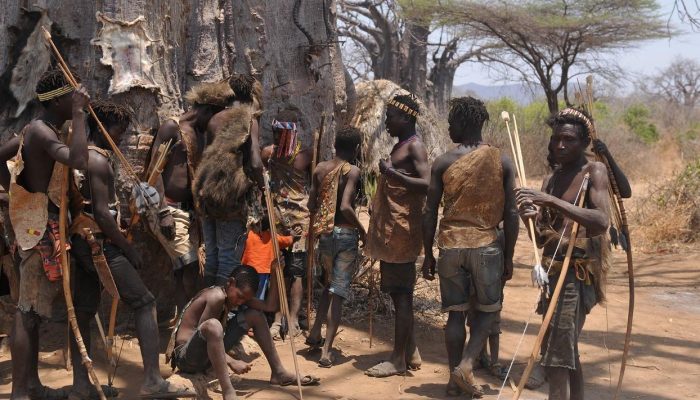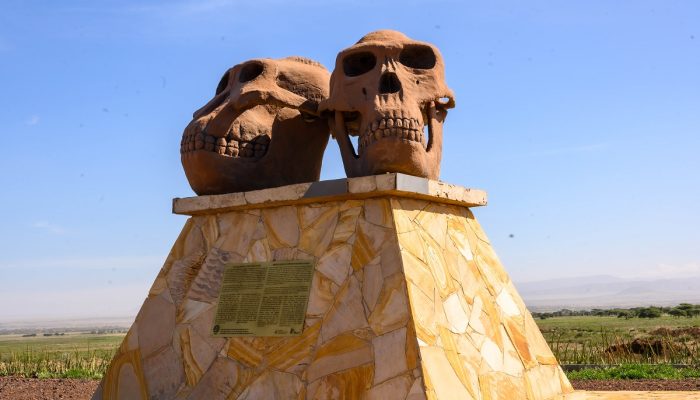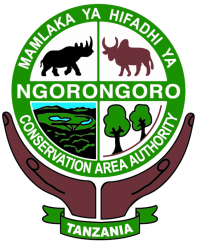Follow us
- Home
- About UsThe Organization
- NCA & NCAA
- Conservation
- TourismAttractions and Activities
- Cultural Heritage
- Geopark
- Community

The United Republic of Tanzania
NGORONGORO CONSERVATION AREA AUTHORITY
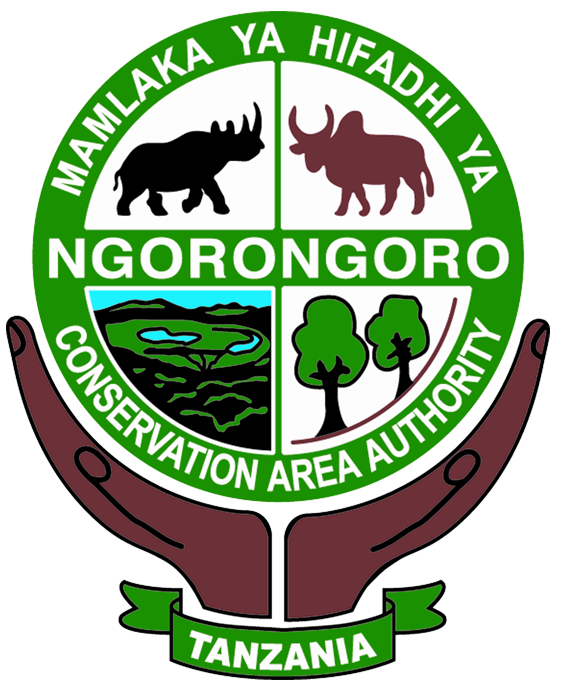
Follow us
- Home
- About UsThe Organization
- NCA & NCAA
- Conservation
- TourismAttractions and Activities
- Cultural Heritage
- Geopark
- Community
- Home
- About UsThe Organization
- NCA & NCAA
- Conservation
- TourismAttractions and Activities
- Cultural Heritage
- Geopark
- Community
Olduvai Gorge
The Olduvai Gorge is the most iconic archaeological site in East Africa and, doubtless, the world. The site was officially recognized as the UNESCO World Heritage Site in 1979.
For about three million years prior to the formation of the gorge, the region was a low area that was periodically occupied by a large, saline lake known as Lake Olduvai. Massive volcanic eruptions from the Ngorongoro Volcanic Highlands to the south and east deposited massive amounts of volcanic ash and pumice (pyroclastic material) in and around the lake.
During this time, the lake and surrounding areas were home to some of our earliest hominid ancestors. The gorge formed around 30,000 years ago as a result of tectonic activity associated with the East African Rift, which resulted in the formation of the Olbalbal Depression to the east.
This allowed an existing river system, which originated in the west from Lake Ndutu, to begin aggressively cutting down through the numerous layers of volcanic ash and pumice, resulting in the formation of the gorge.
Olduvai Gorge is nearly 100 meters (328 feet) deep at its deepest point. Exposed within the sides of the gorge are remarkably rich chronicles of human ancestry and the evolution of the Serengeti ecosystem. It was here that Mary and Louis Leakey, over the course of more than 30 years of backbreaking work, unearthed the first well-dated fossils and artefacts of some of our earliest human ancestors. Their discoveries include the famous Zinjanthropus (Australopithecus boisei) skull as well as remains of Homo habilis, the presumed maker of the numerous early stone tools found in deposits ranging in age from 1.6 to 1.8 million years ago, and Homo erectus, the larger- bodied and larger-brained hominin that preceded the earliest modern humans (Homo sapiens).
Some excavation sites have been preserved for public viewing and present day work continues during the dry seasons, coordinated by the NCAA Cultural Heritage Department. The gorge may be visited year-round. It is necessary to have an official guide to visit the actual excavations.
Laetoli Footprints site
The Laetoli Footprint site is among the world’s most famous archaeological sites, providing indisputable evidence that bipedalism in human ancestors was achieved 3.6 million years ago. The site consists of hominin discovery sites, the hominid footprints complex and animal and bird footprints.
Laetoli has been excavated since 1938; however, it was in the 1970s that Laetoli became much appreciated when Mary Leakey turned her attention to the area. Shortly after, Mary and her team discovered numerous mammal fossil remains, including a well-preserved specimen of archaic Homo sapiens and a magnificent holotype (Australopithecus afarensis) a.k.a “Lucy”. In 1976, two members of her team fortuitously discovered the hominid footprints.
Subsequent excavation revealed that the footprints were made by three individuals walking in the same direction. This has led some to propose that they were walking as a group. In 1979, the footprints were re-buried for preservation. In 2014, two new sets of footprints were unearthed approximately 150 meters south of the old footprints site.
The two individuals were walking on the same surface and in the same direction as the three individuals at the old site, thus raising the possibility that more footprints may be discovered. Most researchers agree that Australopithecus afarensis is the hominid species that made the footprints at Laetoli.
Related Links - Cultural Heritage
The cultural diversity history within these areas goes back many centuries from when hominin occupied the area to 19,000 years ..
Olduvai Gorge and Laetoli Sites are the most famous archaeological site in East Africa and in the world.
Olduvai Gorge Museum exhibits numerous fossils, stone tools of our hominid ancestors and skeletons
The Mary Leakey Living Museum presents information and the dedicated work of the Paleoanthropologists
GIVE US YOUR FEEDBACK
what is your experience at NCAA
FAST RESPONSE
chat with our representative
TARIFFS
entry fee, motor vehicle, crater fee etc
GIVE US YOUR FEEDBACK
what is your experience at NCAA
FAST RESPONSE
chat with our representative
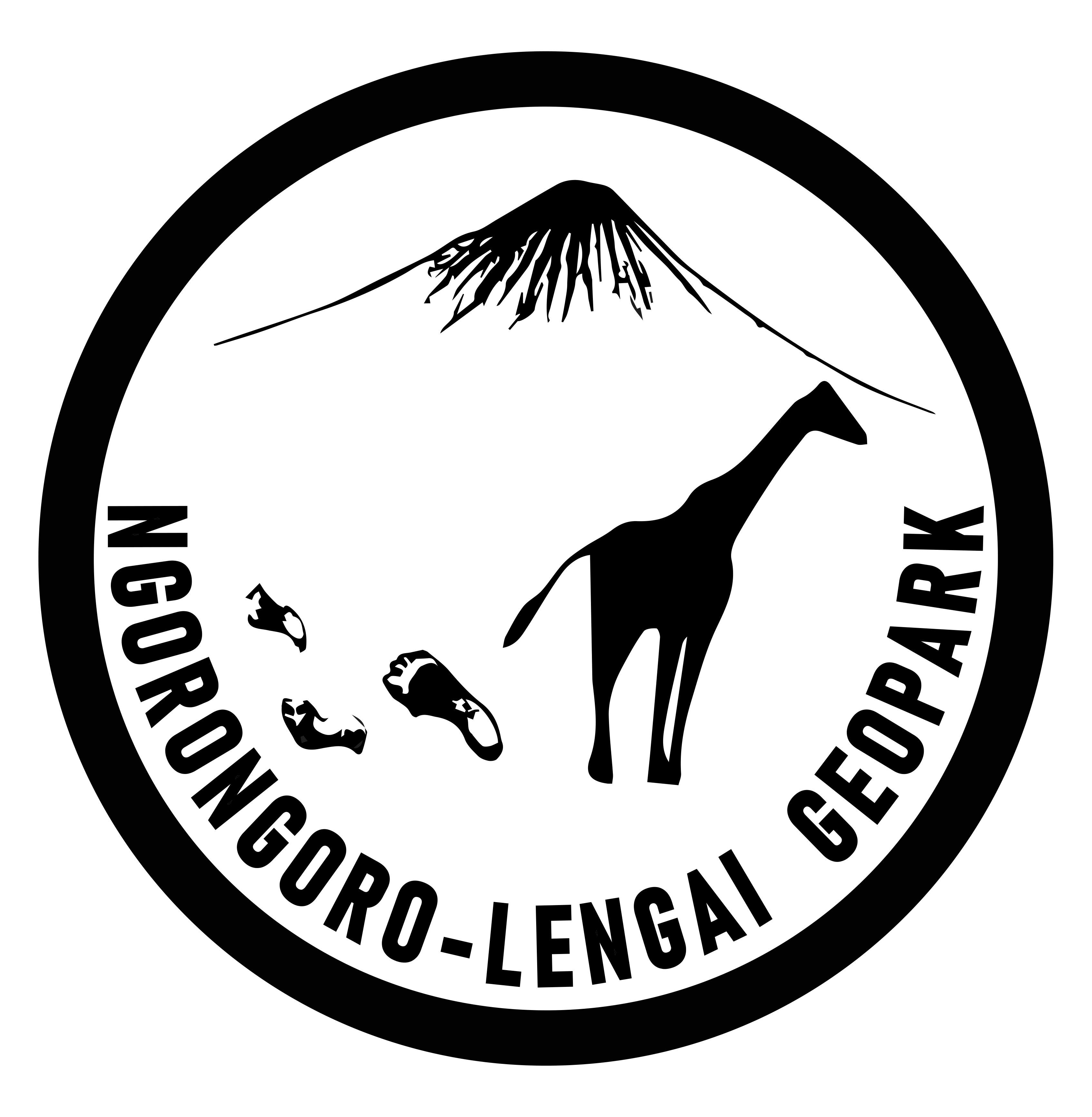



- COVID 19 POLICY & GUIDELINE

